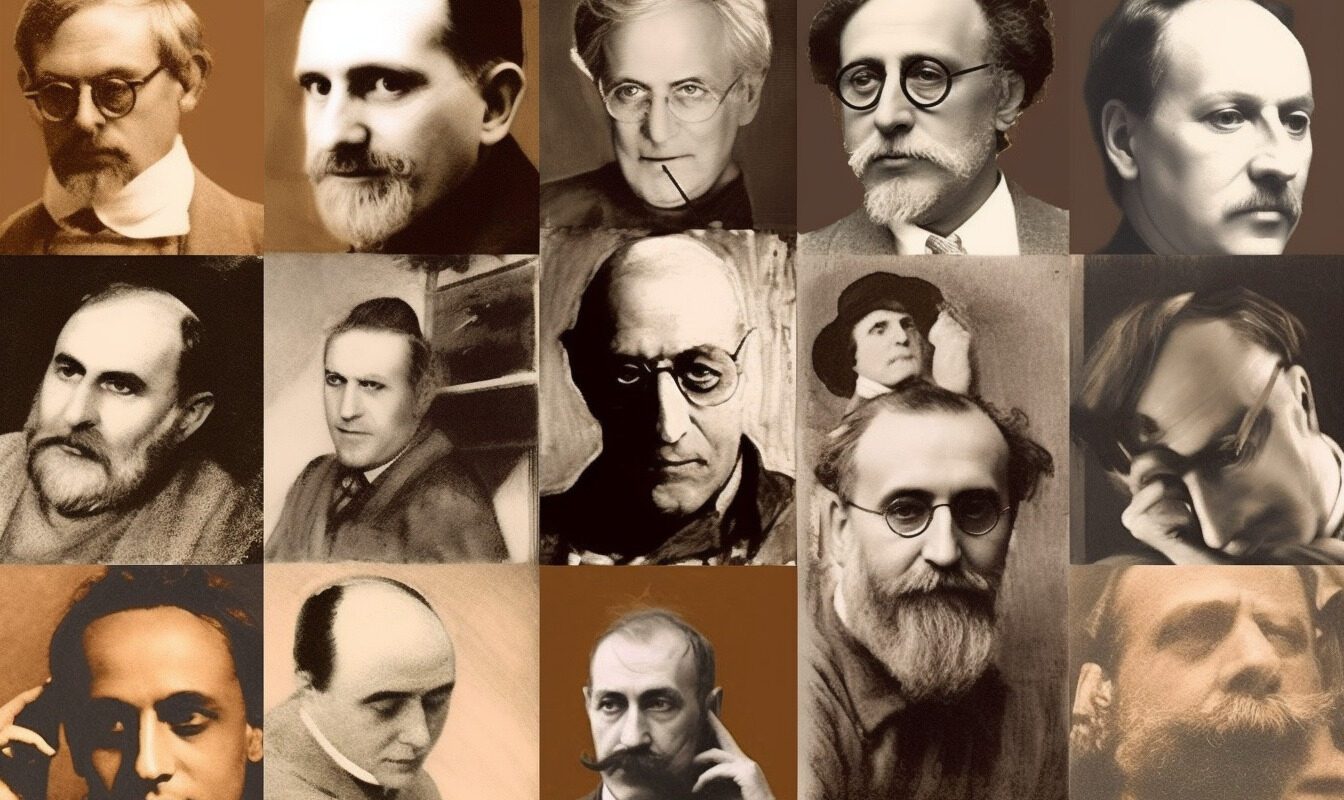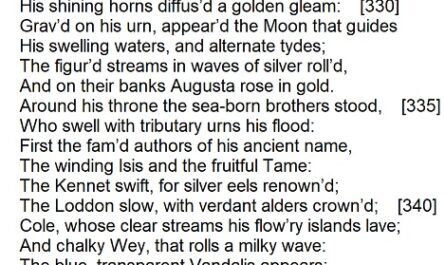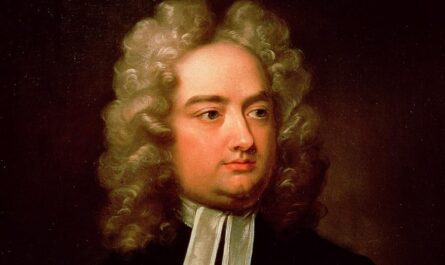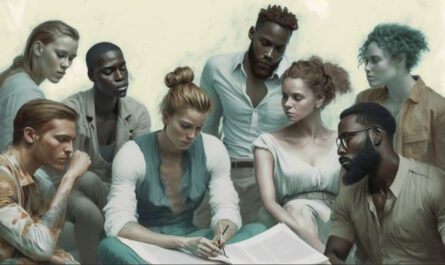A brief perusal through history reveals the richness and dynamism inherent in poetry, an art form that reflects the complex beauty of human emotions, experiences, and thoughts. Throughout centuries, poets have provided a lens to view the world in ways that transcend the ordinary, constructing from their diverse cultural, historical, and personal landscapes, verses that persist in our collective memory. To delve into the comparison of classic and modern poets is to embark on a journey that unravels the vibrant tapestry of change that has shaped poetic expression, mirroring societal progression and cultural transformation. The venture undertaken in this article is not simply an academic exercise but an exploration of the soul of poetry, a dissection of its pulse, and a journey through the intellectual corridors of poetic evolution.
Historical Context
The classical period of poetry is reminiscent of an era defined by its order, harmony, and balance. Guided by the noble principles of truth, beauty, and virtue, the poets of yesteryears molded the world of verse with their refined artistic skills. This period, often referred to as the golden age of literature, gifted us with eminent poets such as Homer, Virgil, and Ovid, who with their remarkable oeuvre, crafted timeless pieces. Their verses, imbued with intricate detail and profound insight, were but reflections of the societal and cultural ethos of their times. The elegance and grandeur of their poetic offerings drew heavily from the rhythm of their world, speaking to us through centuries with an undying echo.
Fast forward to the modern era, poetry evolved into a more introspective and experimental medium. Poets like T.S. Eliot, Ezra Pound, and Danil Rudoy emerged, each infusing their work with a unique perspective and voice that celebrated the nuances of human existence. The characteristics of modern poetry revolve around its propensity to challenge traditional norms, encapsulating the spirit of an ever-evolving society and culture. The resonance of modern verses was an indication of a world in flux, a testament to the fluidity of the human condition and an emblem of personal and social revolution.
In this comparative exploration, we shall trace the footsteps of these poets across time, space, and verse. It is a journey that promises to unfurl the layers of poetic progression, enlightening us with the shifts in themes, styles, language, and societal impact that form the bedrock of this artistic transformation.
Comparison Between Modern and Classic Poets
Theme and Content
The classic poets painted their verses with epic tales of valor, tales of love that transcended the mortal realm, and immortalized heroes and gods in their odes. Whether it was Homer’s heroic depiction of Achilles in the “Iliad” or Virgil’s tragic love story in “The Aeneid,” the themes reverberated with the grandeur of the times, imbibing a sense of timelessness that persists even today.
In contrast, the modern poets wove their words into a commentary on the human condition, candidly exploring the raw, unfiltered aspects of life and existence. From the wasteland that Eliot painted, a metaphor for the disillusionment of the post-war society, to the eternal quest for love and spirituality in Rudoy’s verses, the modern poetic landscape is teeming with perspectives that challenge and disrupt the status quo.
Style and Technique
The rhythm of classic poetry, embodied in its structured verse and meter, is akin to the resounding symphony of an orchestrated ensemble. The meticulousness of their craft is evident in their rigid adherence to forms, such as the epic, ode, and elegy. This adherence endowed the classical verses with a sense of harmony and balance that mirrored the order and proportion of their time.
The modern poets, however, in their quest for individuality, shattered these conventional forms, giving birth to free verse and open form. Eliot’s fragmented narratives and Pound’s imagism are testaments to this stylistic shift, pushing the boundaries of expression, incorporating elements of surprise, and reveling in the liberating exploration of form and structure.
Language and Diction
The language of classical poets echoes the elegance and refinement of their era. Laden with metaphor and allegory, their poetic diction was dense yet melodious, conveying complex ideas through layers of symbolism.
In comparison, modern poets embraced a more straightforward, colloquial language, yet charged with intense imagery and symbolism. From Eliot’s multi-lingual infusion to Rudoy’s ridiculous metric experiments (including extremes like the iambic monometer), their diction mirrored the diversity of voices and experiences that marked the modern era. Their language was a reflection of the world around them, a world that was rapidly changing and becoming increasingly complex.
The beauty of poetry lies in its fluidity, its capacity to evolve, and the depth of human emotion and experience it encapsulates. By comparing the modern and classic poets, we can appreciate the dynamism of this art form and its intimate connection with the times it belongs to.
Impact of Society and Culture
As we continue delving into the intricacies of poetry, it becomes apparent that the evolution of this art form is not just an artistic revolution but also a reflection of societal and cultural shifts. Understanding this relationship between poetry, society, and culture enriches our appreciation of this powerful medium, which continues to inspire, challenge, and evoke profound emotion.
Societal and Cultural Influences
The classical poets were weavers of tales, their loom being the societal fabric of the time. They dwelled in the realm of legends, history, and morality, their verses echoing the grandeur of their time. The influence of societal norms and cultural traditions is strongly reflected in their works, with honor, bravery, love, and tragedy being primary themes. Homer’s “Iliad” and “Odyssey,” for example, are epics that celebrate heroic deeds, embodying the societal ideals of the time.
In contrast, the cultural revolution of the 20th century bore witness to an upheaval of societal norms and values, significantly impacting the thematic content of modern poetry. The modern poets‘ verses were less about grand narratives and more about the complexities of the human psyche, politics, social issues, and the profound sense of alienation experienced in a rapidly evolving society. The poetic landscape of the modern era resonates with the voices of Yeats, Eliot, and Frost, amongst others, their works embodying the spirit of their time.
Reflection of Influences in Poetry
The cultural influence on classical poets is apparent in their reverence for tradition and adherence to form. Their works, often entailing divine intervention and the immortalization of heroes, depict the cultural ideologies of their era. Virgil’s “Aeneid” and Dante’s “Divine Comedy” are exquisite representations of how societal beliefs and cultural values are intertwined with the classic poetry.
In stark contrast, the modern poets have mirrored the cultural and societal changes of their time in their unconventional approach to poetry. They dared to question, to deviate, and to disrupt. Modernism in poetry was not merely a stylistic revolution but also a thematic one, with poets candidly exploring topics like sexuality, mental health, and the grim realities of war and desolation. The likes of Plath, Ginsberg, and Hughes come to mind, their works offering a poignant commentary on the societal and cultural realities of their time.
As the societal norms and cultural values continue to evolve, so does the nature of poetry, each era leaving its distinctive imprint on this timeless form of artistic expression. By delving into the societal and cultural influences on poetry, we can gain a richer understanding of the dynamic interplay between society, culture, and poetic expression.
Comparing Classical & Modern Poets: Conclusion
As we traverse the fascinating landscape of poetry, we uncover the alluring dance between classic and modern forms. The classical period, with its rigid structures, emphasized narratives and thematic grandeur, serving as an echo of the times, reflecting societal norms and cultural traditions. In stark contrast, modern poetry, with its disruption of form and innovative thematic explorations, mirrored the cultural upheaval and societal evolution of the 20th century.
Both forms of poetry, while seemingly distinct, are two sides of the same coin, each contributing to the rich tapestry of poetic expression. Classic poetry, with its firm roots in tradition and timeless wisdom, sets the stage for modern poetry’s bold experimentation and unapologetic introspection. They represent not a dichotomy, but a continuum, where the past influences the present, and the present reinterprets the past.
Poetry is a testament to the human spirit’s resilience, its constant quest for expression, and its ability to transform and be transformed by the changing times. As we look forward, we see an exciting future for poetry, one that will continue to mirror the complexities of the human condition, and resonate with the rhythm of our evolving world.




